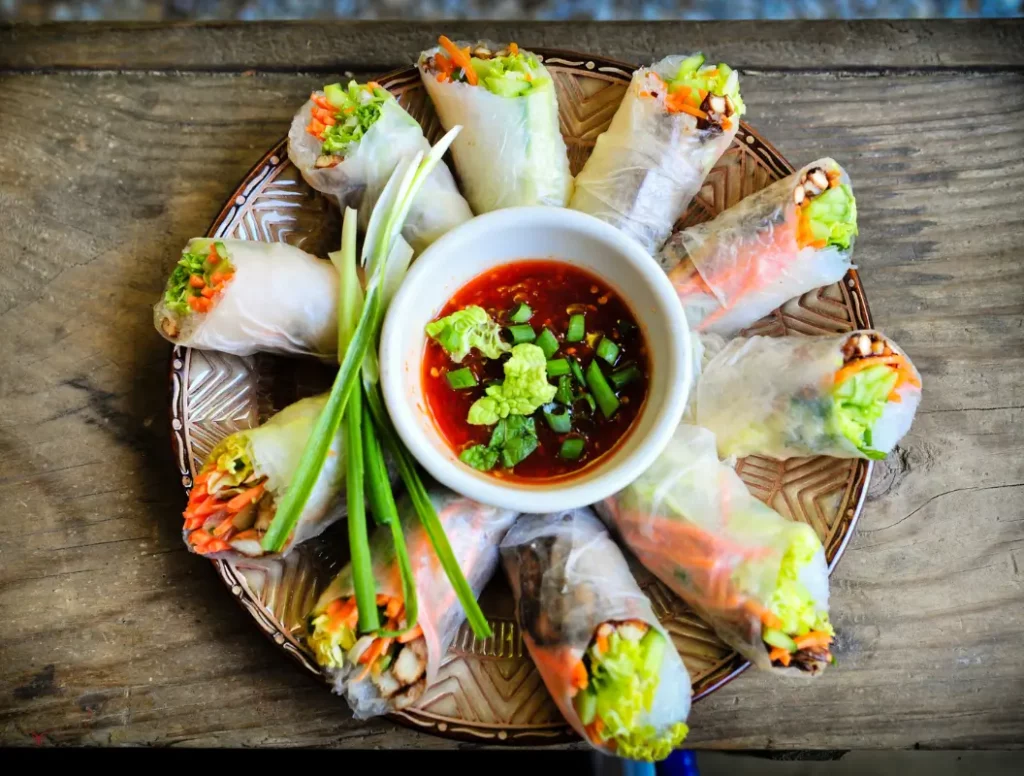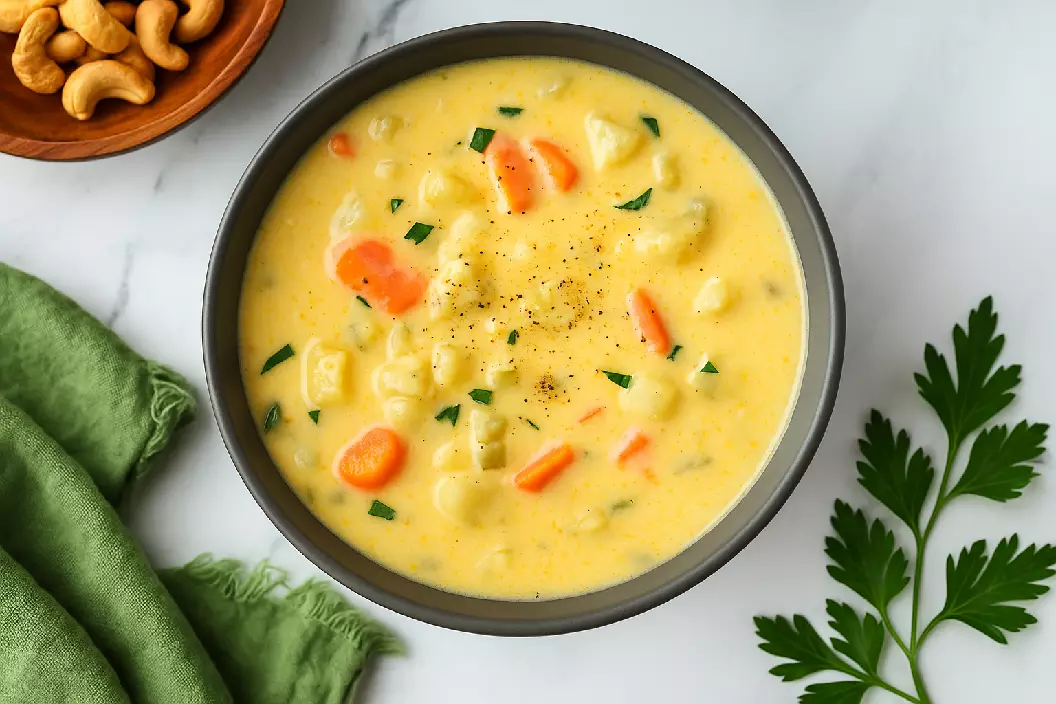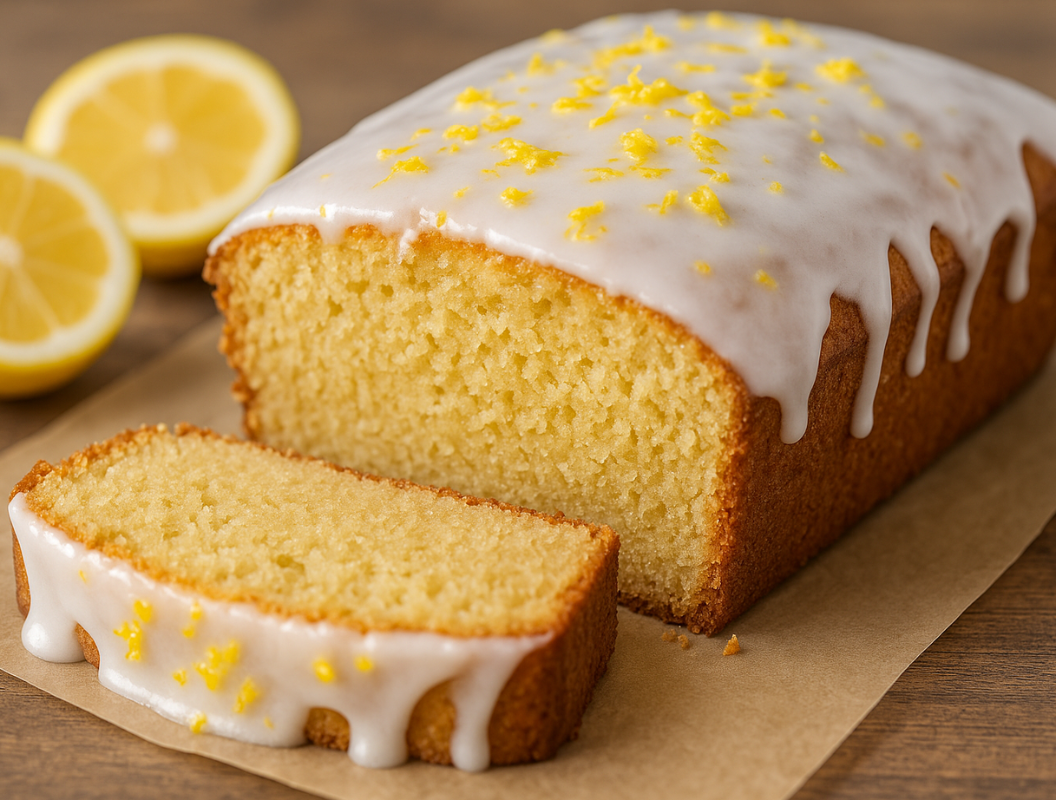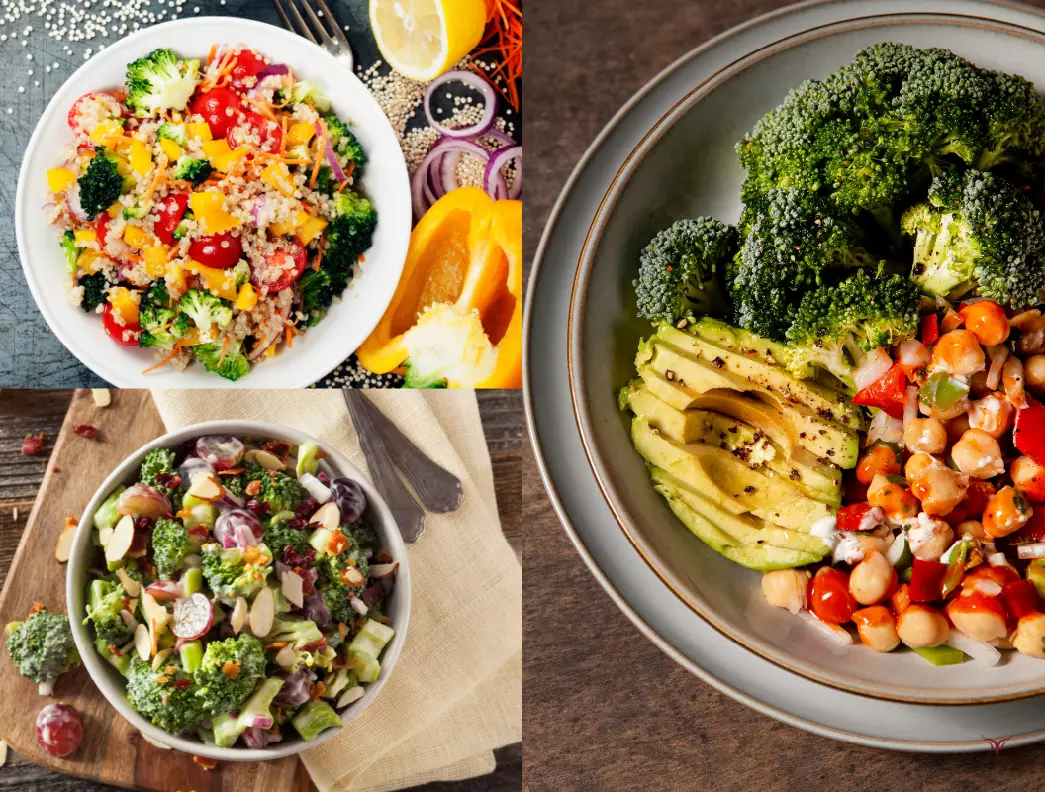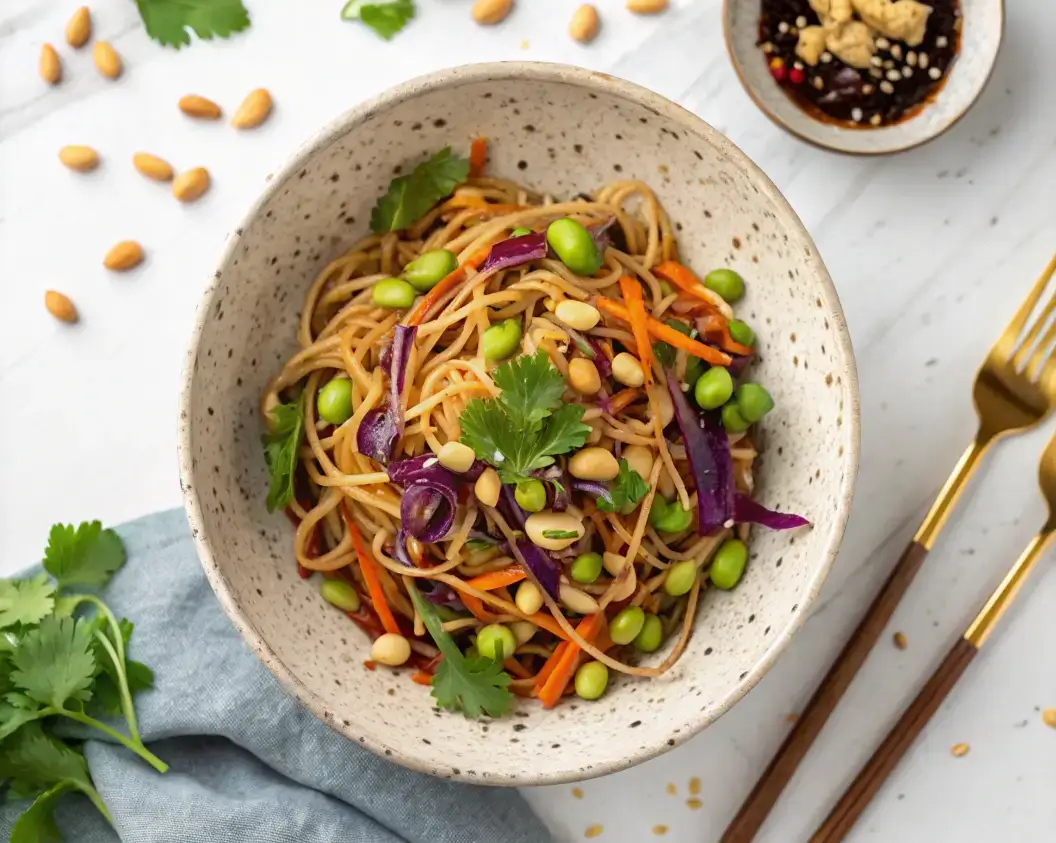Tried making vegan spring rolls and they end up looking like wilted burritos instead of the picture-perfect ones on Instagram? You’re not alone.
Spring rolls are one of those recipes that most people fail at home, and that’s simply because nobody ever told them the tricks that make them super easy.
But by the end of this guide, you’ll know how to make the perfect vegan spring rolls every time – perfectly crispy vegetables, properly soaked rice paper, and that satisfying tight roll that doesn’t collapse when you take a bite.
It’s not just in the ingredients, but in your method. And honestly? It’s actually so much easier than you think once you realize what you’re doing.
But before I share the incredible hack that changed my spring roll game overnight, let’s discuss what’s REALLY going wrong with your rolls right now…
The Best Vegan Spring Rolls Require Only the Simplest Ingredients
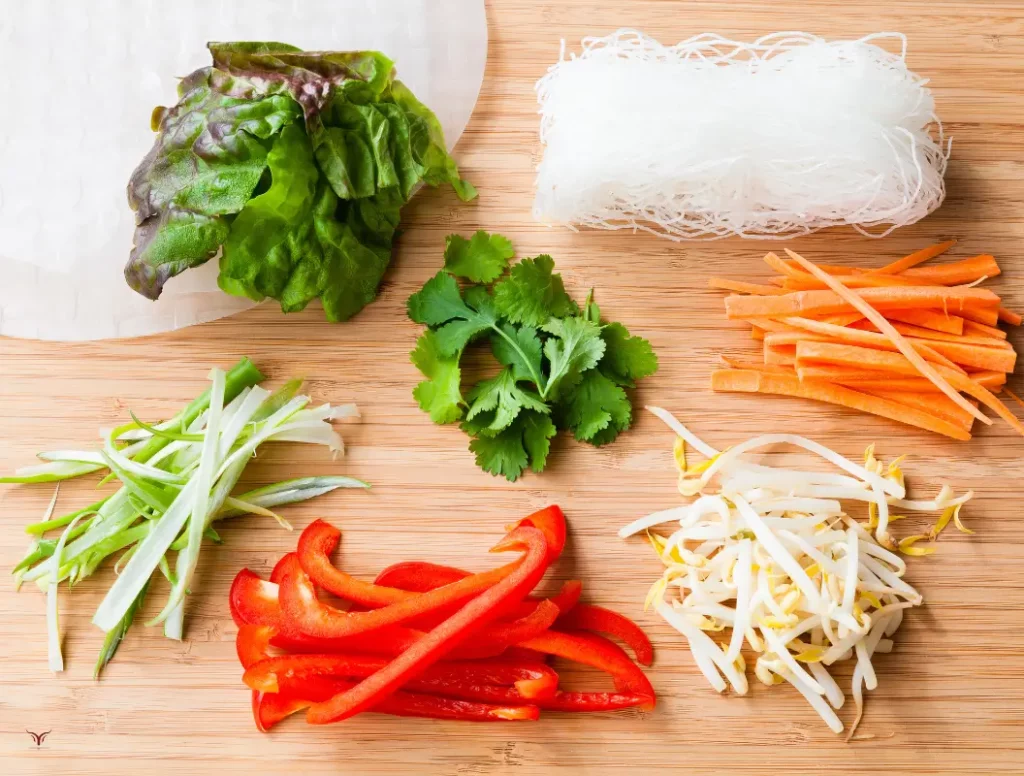
A. Fresh Versus Dried Rice Paper Wrappers
If you can find them, fresh rice paper wrappers will make your spring rolls perfectly chewy once all the components are compiled; dried ones require soaking but are available more widely. Fresh wrappers can be found at Asian markets, but don’t worry: Both types work great if handled correctly. Just remember to keep your work surface wet no matter which variety you are using.
B. Best Vegetables for Crunch and Taste
Crunchy vegetables are key in your spring rolls. Combine vibrant bell peppers, crunchy carrots, cucumber matchsticks, and bean sprouts to the mix for an ideal bite. Include avocado for creaminess or shredded cabbage for added crunch. The secret? Cut everything thin and evenly so the rolls hold together without tearing their fragile wrappers.
C. Non-animal Protein Alternatives
Your vegan spring rolls need protein to have any staying power! Go with marinated tofu cubes, tempeh strips, or edamame for the classics. For a change, add some crumbled, seasoned seitan, or some smoked coconut “bacon.” Whatever you do, make sure it’s well-seasoned and not too wet to avoid soggy wrappers.
D. Spring-ify Your Spring Rolls With These Herbs
Fresh herbs take your spring rolls from good to out-of-this-world-amazing! Thai basil contributes a licorice-like kick and mint delivers refreshing coolness. Cilantro imparts that iconic spring roll taste, and chives offer a whisper of onion. Don’t slack off on this one – these herbs are not just a garnish but a vital flavor player in traditional rolls.
The Art of Eating Rice Paper
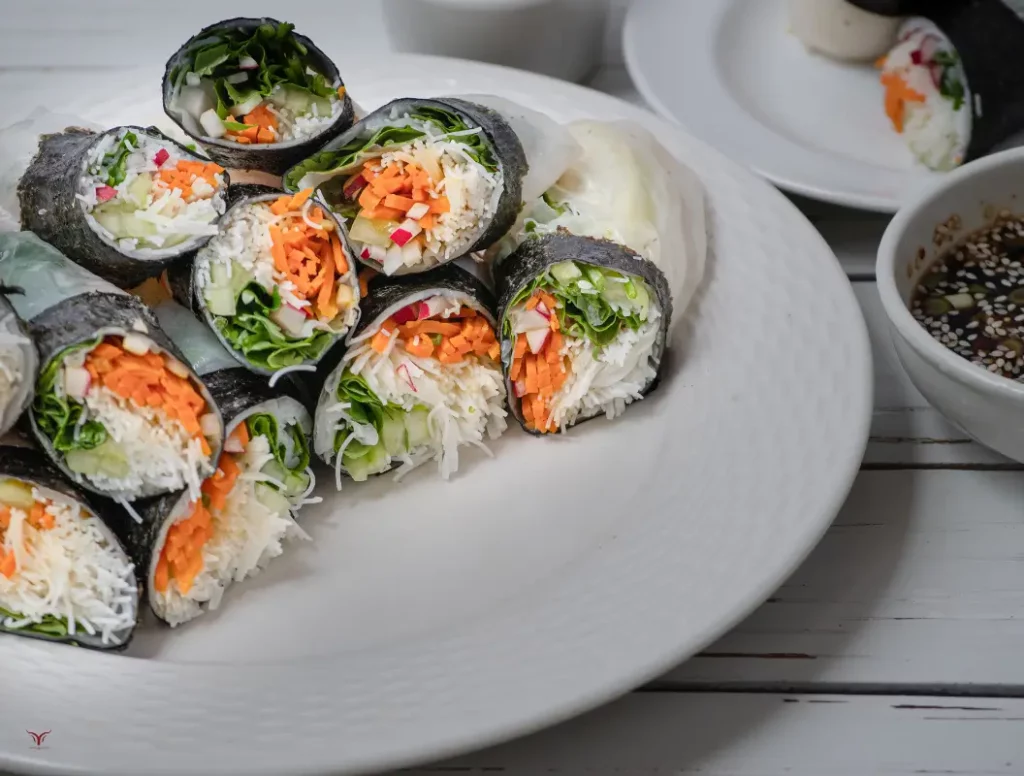
Water Temperature Secrets
When it comes to rice paper, lukewarm water is your friend. Hot enough, and your wrappers dissolve to mush; too cold and they will be stiff. You’re looking for water to feel comfortable to your finger tips – roughly 85-95°F – so your wrappers soften but don’t go too flaccid.
Proper Soaking Time
You just need to soak it quickly, 5-10 seconds! Newbies often go overboard and soak them too long. Dunk the rice paper and turn it in the bath once to cover the paper fully –it will still feel a bit hard at this point. And you have to remember, it’s softening as you work it.
How to Work with Wet Rice Paper (without the tears)
Rolling it out on a smooth, ever-so-slightly damp surface will prevent it from sticking.
This technique aligns with traditional methods often shared in Asian households. You can explore a cultural perspective via The Woks of Life’s guide. Spread your wrapper immediately after soaking, and don’t rush the filling. Make sure you have wet fingers and that you lift the edges rather than the middle. Gentle pressure is key!
Fill and Roll Like a Pro
A. Optimum Filling-to-Wrapper Ratio
You’ll get the just-right spring roll if you fill each wrapper with about 2-3 tablespoons of filling. Too much and you’ll snap open the wrapper; too little, and your rolls will be flaccid. Think of it as if you’re stuffing a mini taco — enough to taste everything but not have it spill out.
Dipping Sauce Fundamentals
The perfect dipping sauce elevates your vegan spring rolls from good to mind-blowing. Just like with other crispy appetizers such as vegetable tempura, a well-balanced dipping sauce can make or break your spring roll experience. You want just the right balance of flavors to accompany your manicured creations. Consider these sauces your supporting cast of characters that allow your spring rolls to take center stage.
A. Original Peanut Sauce Recipe
You can’t go wrong with this crowd-pleaser. Whisk together 3 tablespoon creamy peanut butter, 1 tablespoon soy sauce, 1 teaspoon maple syrup, a squeeze of lime and a dash of sriracha. Add as much water as you like – to the consistency that you like. This nutty, savory sauce is the ideal dip for your fresh spring rolls.
B. Tangy Sweet Chili Options
Yes, this one’s sweet with a bite. In a small pot, combine the rice vinegar, sugar, water, minced garlic, and red pepper flakes. Simmer until it’s just starting to thicken. This lemony sauce brightens up your veggies for a well-rounded flavor profile.
C. Hoisin Infused with Umami
Elevate hoisin sauce to new heights with your adaptation. Add 2 tablespoons hoisin, and then a squeeze of lime juice and a splash of rice vinegar. Stir in crushed peanuts or toasted sesame seeds for texture. This pungent offering pairs with the refreshing taste of your spring rolls amazingly.
Make-Ahead and Storage Options
A. Doing Prep Work Ahead Of Time
You’ll save yourself a gazillion hours by prepping your veggies a day early. Just keep sliced carrots, cucumber and bell peppers in airtight containers. Noodles, whether cooked, rinsed, and refrigerated. Don’t strip herbs until just before rolling to keep them fresh and prevent wilting.
B. Keeping Spring Rolls Fresh
Wrap up your made rolls separately using the wet paper towels and put it in the container with lid. This keeps them from getting dry and stuck. For entertaining: Pile them on a plate with a little space between each roll, then cover with a slightly damp kitchen towel.
C. Rice Paper Drying Proposals
Got dry rice paper? No problem! Spritz it with a little water mist to soften it once more. If your wrapping tears, don’t pitch it — just wrap another sheet around it. A quick five-second dip in warm water does wonders for reviving rolls that have hardened in the fridge.
Looking to expand your healthy plant-based repertoire? Try pairing your spring rolls with a fiber-rich option like red rice for a nutrient-dense meal.
Conclusion
The key to perfect vegan (or regular) spring rolls is mastering the basics. If you pick amazing ingredients, handle the fussy rice paper with care and nail the filling and rolling technique, you can totally make restaurant-quality rolls at home. Pairing your spring rolls with the perfect dipping sauce and learning how to store them will help you indulge on this healthy veggie-based goodie whenever you want.
Now that you’ve learned the basics, you can now roll up your sleeves and cook something inventive. And don’t forget that just like anything else, practice makes perfect—so if your first few tries are less than perfect, keep going. The great thing about spring rolls is, even the “bad” ones taste amazing! Play around with different seasonal vegetables and flavor combinations to make this super customizable dish all your own.
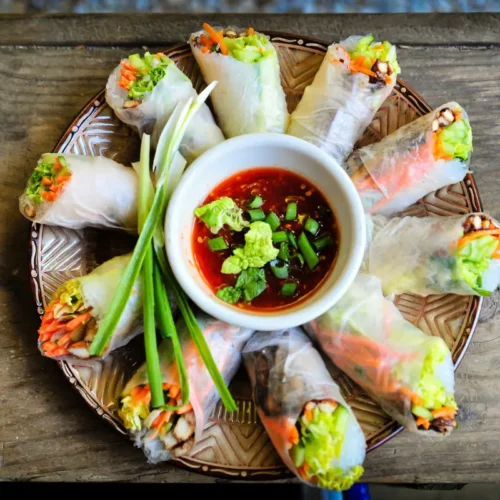
How to Make Crispy Vegan Spring Rolls – Easy & Healthy
Ingredients
For the Spring Rolls:
- Rice paper wrappers fresh or dried
- 1 cup bell peppers thinly sliced
- 1 cup carrots julienned
- 1 cup cucumber matchsticks
- 1/2 cup bean sprouts
- 1 avocado sliced
- 1/2 cup shredded cabbage optional
- 1/2 cup fresh mint leaves
- 1/2 cup cilantro
- 1/4 cup Thai basil optional
- 1/4 cup chives optional
- 1 cup marinated tofu cubes or tempeh strips
- Optional: Edamame seasoned seitan, or coconut “bacon”
Peanut Dipping Sauce:
- 3 tbsp creamy peanut butter
- 1 tbsp soy sauce
- 1 tsp maple syrup
- 1 tbsp lime juice
- Dash of sriracha
- Water to desired consistency
Sweet Chili Sauce:
- 1/4 cup rice vinegar
- 2 tbsp sugar
- 1/4 cup water
- 1 clove garlic minced
- 1/2 tsp red pepper flakes
- Hoisin Dipping Sauce:
- 2 tbsp hoisin sauce
- 1 tbsp lime juice
- 1 tsp rice vinegar
- 1 tbsp crushed peanuts or sesame seeds
Instructions
Prep the Fillings:
- Slice bell peppers, carrots, cucumbers, and avocado. Prepare protein options (tofu, tempeh, etc.). Wash and dry herbs.
Soften Rice Paper:
- Dip rice paper in lukewarm water for 5–10 seconds. Lay it on a slightly damp surface.
Fill the Wrapper:
- Add 2–3 tablespoons of filling in the bottom third of the wrapper: veggies, herbs, and protein.
Roll the Spring Roll:
- Fold the bottom over the filling, tuck in the sides, and roll tightly to seal.
Make Dipping Sauces:
- Combine ingredients for each sauce in separate bowls. Simmer sweet chili sauce if needed.
Serve:
- Arrange spring rolls on a plate with dipping sauces. Serve fresh!
Storage:
- Wrap rolls individually in damp paper towels, place in containers with lids, and refrigerate.
Notes
- You can prepare the filling ingredients up to 1 day in advance to save time.
- If rice paper becomes dry, mist lightly with water before serving.
- Double wrapping is great if your first roll breaks.
- Feel free to swap in seasonal vegetables or protein alternatives based on availability.
Rate this recipe and share your results!
There are no reviews yet. Be the first one to write one.

